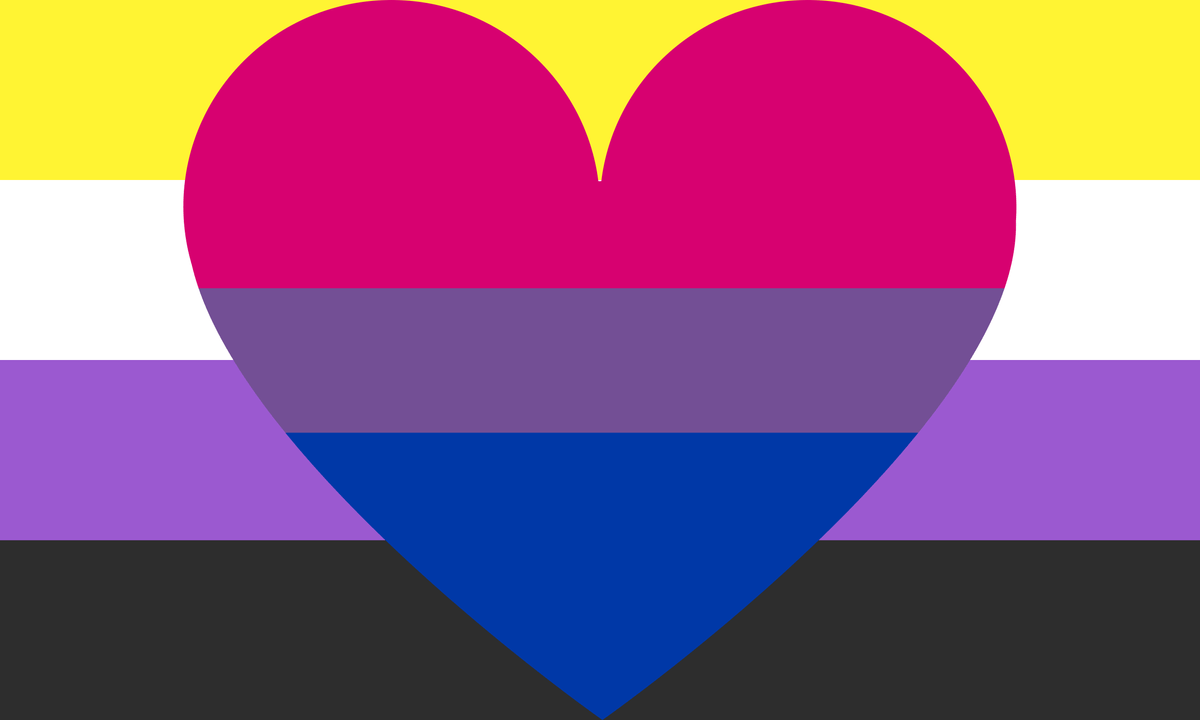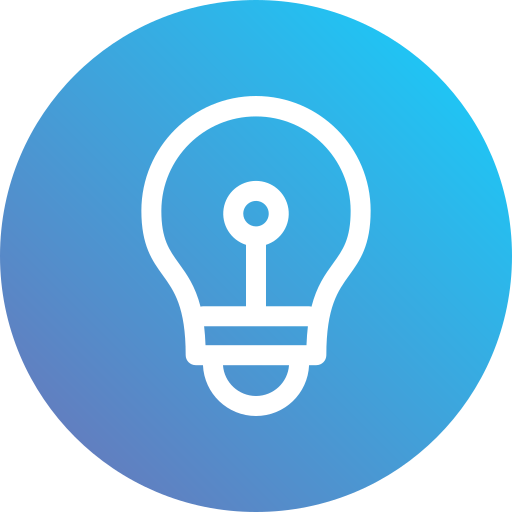

That is not actually one of the criteria for fair use in the US right now. Maybe that’ll change but it’ll take a court case or legislation to do.
A bisexual nonbinary poster of memes and other things • They/Any


That is not actually one of the criteria for fair use in the US right now. Maybe that’ll change but it’ll take a court case or legislation to do.


NPR reported that a “top concern” is that ChatGPT could use The Times’ content to become a “competitor” by “creating text that answers questions based on the original reporting and writing of the paper’s staff.”
That’s something that can currently be done by a human and is generally considered fair use. All a language model really does is drive the cost of doing that from tens or hundreds of dollars down to pennies.
To defend its AI training models, OpenAI would likely have to claim “fair use” of all the web content the company sucked up to train tools like ChatGPT. In the potential New York Times case, that would mean proving that copying the Times’ content to craft ChatGPT responses would not compete with the Times.
A fair use defense does not have to include noncompetition. That’s just one factor in a fair use defense and the other factors may be enyon their own.
I think it’ll come down to how “the purpose and character of the use, including whether such use is of a commercial nature or is for nonprofit educational purposes” and “the amount and substantiality of the portion used in relation to the copyrighted work as a whole;” are interpreted by the courts. Do we judge if a language model by the model itself or by the output itself? Can a model itself be uninfringing and it still be able to potentially produce infringing content?
Ah, in that case we need something like MTFDS, make the fucking discord searchable.
I think you mean RTFM. But in this case it’s WTFM so I can RTFM.


As an AI language model, I must emphasize that AI, in itself, is not inherently capable of ending the world. AI is a tool that operates based on the instructions and algorithms created by human programmers. It lacks its own intentions, motivations, and desires. The actions and consequences of AI are ultimately determined by the ethical considerations and intentions of its creators and users.
However, there are some hypothetical scenarios in which AI could contribute to global risks if not developed and used responsibly. Here are a few examples:
Military Use: AI-powered autonomous weapons or military systems could lead to unintended consequences and escalation of conflicts if they malfunction, are hacked, or used without appropriate human oversight.
Misaligned Objectives: If AI systems are not correctly aligned with human values and interests, they may act in ways that are harmful to humanity. This could occur due to flaws in their training data, reward functions, or reinforcement learning methods.
Economic Impact: AI’s automation capabilities might lead to widespread job displacement, economic inequality, and social unrest if not properly managed and accompanied by adequate policies.
Critical Infrastructure Vulnerabilities: As AI is integrated into essential systems like transportation, healthcare, and energy, vulnerabilities could be exploited by malicious actors to cause significant disruptions.
Superintelligence Risk: Theoretical concerns about superintelligent AI, i.e., an AI system surpassing human intelligence, could potentially lead to unforeseen consequences if it is not carefully designed to prioritize human safety and values.
To mitigate these risks and ensure AI’s responsible development and deployment, it is crucial for policymakers, researchers, and developers to work together on robust ethical guidelines, safety measures, and regulations for AI systems.
It’s worth noting that while AI has its challenges, it also holds the potential to bring significant benefits to society, such as improved healthcare, enhanced scientific discoveries, and more efficient problem-solving capabilities. Responsible development and use of AI can harness its potential for the greater good while minimizing potential risks.
You are kind of hitting on one of the issues I see. The model and the works created by the model may b considered two separate things. The model itself may not be infringing in of itself. It’s not actually substantially similar to any of the individual training data. I don’t think anyone can point to part of it and say this is a copy of a given work. But the model may be able to create works that are infringing.